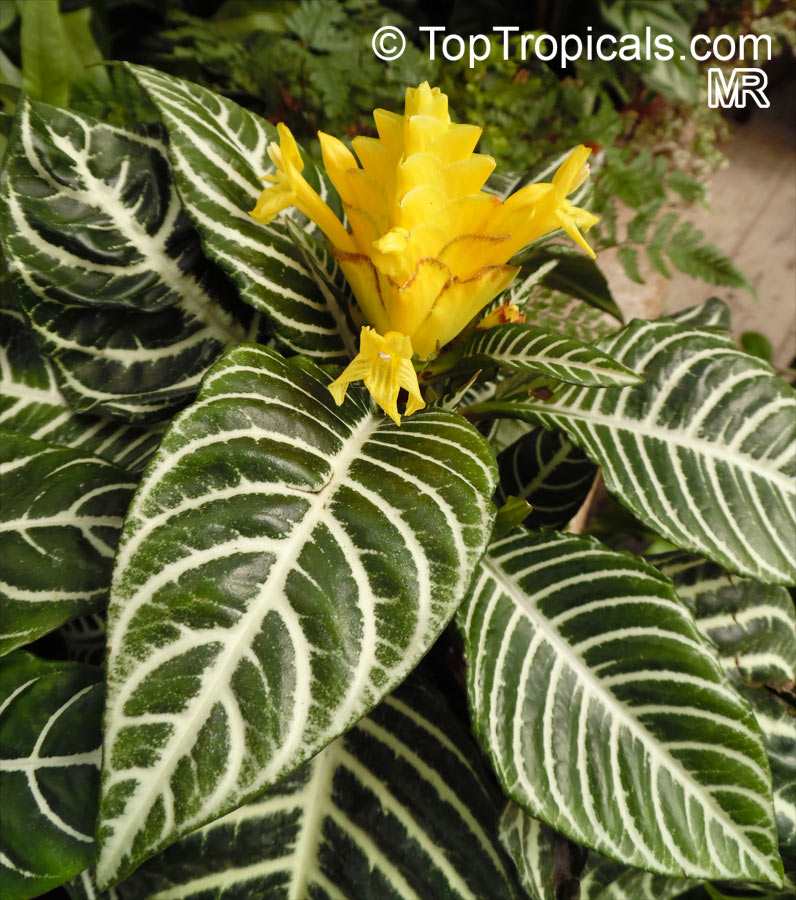
An east- or north-facing window is a good location for the resting period.

In winter, reduce feeding to once every six weeks.

Fertilizerįeed your Aphelandra squarrosa plant once every two weeks in spring through fall with a fertilizer diluted to half strength. Read a review of my favorite houseplant humidifier or view it directly on Amazon. You might also want to consider placing a high-quality humidifier in the room with your zebra plant – especially if you live in a dry climate or if your home is centrally heated.
#APHELANDRA SQUARROSA HOW TO#
(See my post on how to make a humidity tray for more information.) Place the plant on a humidity tray – a shallow tray filled with pebbles and water – to keep humidity levels high. Mist daily with a spray bottle filled with lukewarm water set to the mist setting. HumidityĪphelandra squarrosa requires moderate to high humidity levels. Make sure your soil is well-draining and the planter has drainage holes in the bottom. Too much standing water may lead to root rot. Getting the water right is a delicate balance, and it might take practice. Water when the top of the potting medium feels dry to the touch.

Never allow the soil to dry out, or your plant will quickly die. WaterĬonstant moisture is necessary for good Aphelandra squarrosa care. Keep reading for more detailed information on caring for zebra plant – including potting suggestions, propagation instructions, maintenance, and troubleshooting. SAFETY: Non-toxic to cats, dogs, and humans.TEMPERATURE: 65 to 80 degrees F (18 – 27 degrees C).LIGHT: Bright in spring and summer moderate in fall and winter.FEEDING: Every two weeks spring through fall, reduce in winter.But if you can get the conditions just right, you’ll have a gorgeous houseplant for many years. I place it in the “challenging to grow” category. Zebra plant is not easy to grow indoors, and can be difficult to keep alive – much less getting it to flower. 12 Where to Buy Aphelandra Squarrosa Aphelandra Squarrosa Care Guidelines


 0 kommentar(er)
0 kommentar(er)
